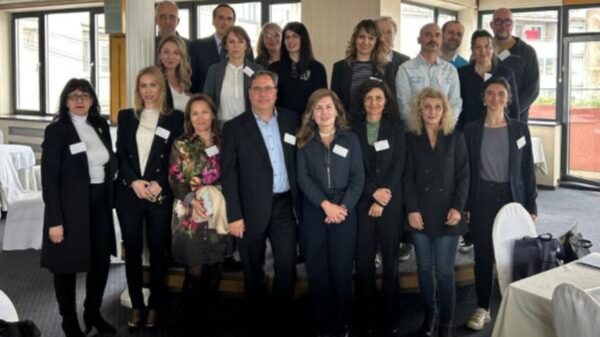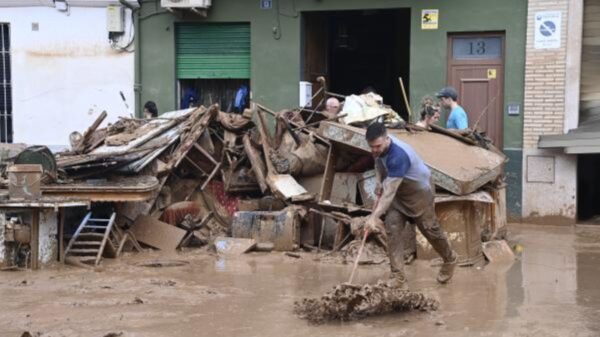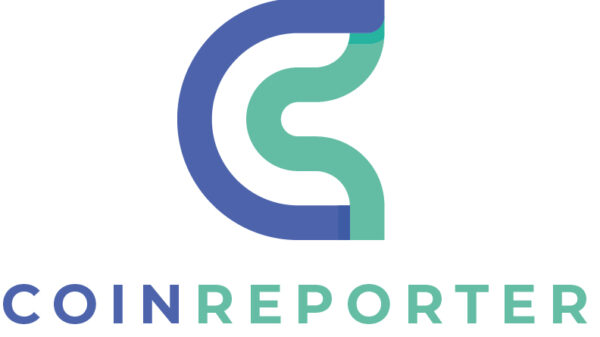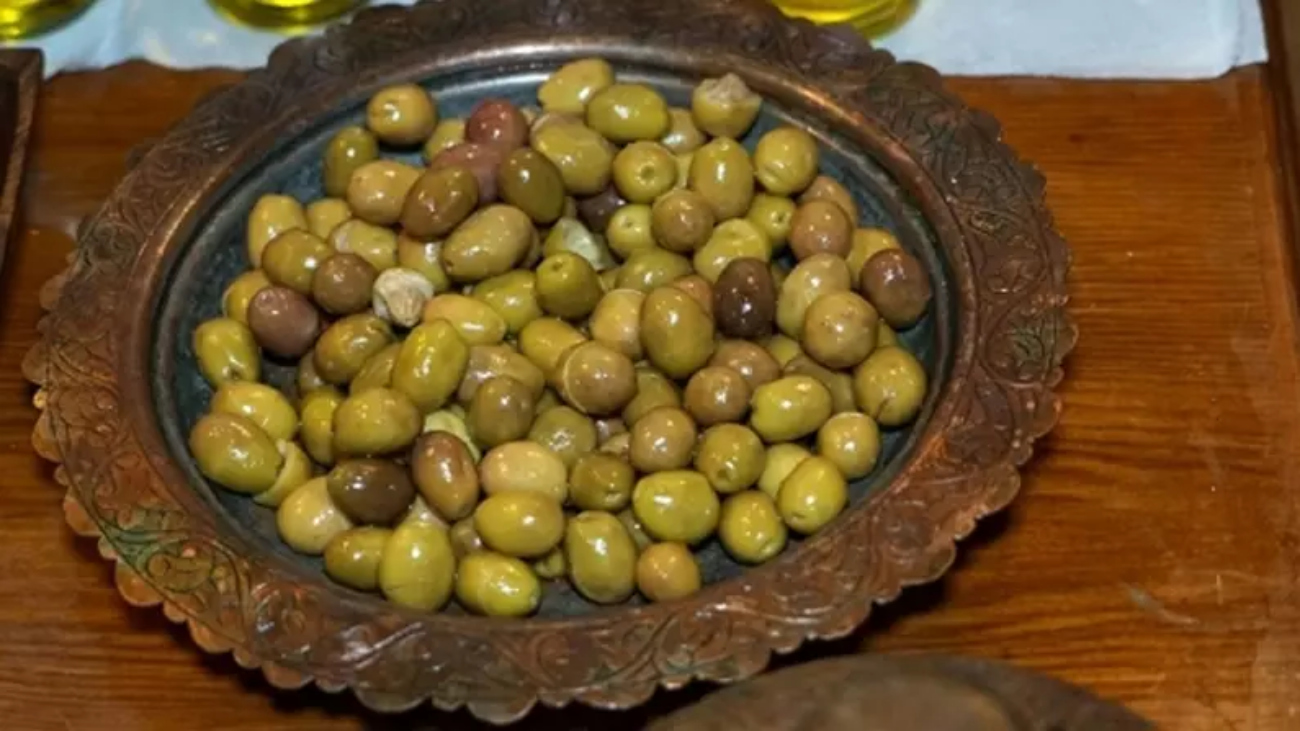On 4 December, the European Commission approved the addition of the Turkish table olive ‘Edremit Körfezi Yeşil Çizik Zeytini’ to the register of Protected Designations of Origin (PDO) and ‘Maraş Tarhanası’, a Turkish fermented food, to the register of Protected Geographical Indications (PGI).
‘Edremit Körfezi Yeşil Çizik Zeytini‘ (pictured) is a table olive obtained from the Edremit variety, one of Türkiye’s most popular varieties, by scratching and brining Edremit olives.
Olive cultivation has a long tradition in the Edremit Gulf region. The area is of significant importance for olive cultivation in Türkiye. Olive trees have been cultivated here for thousands of years and are an important economic sector today. The main distinguishing feature of the production of ‘Edremit Körfezi Yeşil Çizik Zeytini’ is the natural fermentation. There is no human intervention or chemical treatment during the fermentation of the olives. Therefore, the production process lasts at least six months after the harvest, as the bitter substances are gradually removed. However, a certain degree of bitterness remains in the final product, which confirms the freshness and authenticity of the olives.
‘Maraş Tarhanası‘ is a fermented food that is a dried mixture of cooked wheat, yoghurt, thyme and salt. After fermentation, black sesame, pepper, walnuts and almonds can be added according to personal preference. The most important feature that distinguishes ‘Maraş Tarhanası’ from other tarhanas is that the yoghurt is not added during cooking, but only after the cooked cracked wheat has cooled down, thus preserving the natural prebiotic additives. The production of ‘Maraş Tarhanası’ is seasonal, as it is dried on ‘çiğ’ (mats) in the sun. The ever-present breeze in Kahramanmaraş in July and August plays an essential role in the drying process when making tarhana, adding an original factor to the product. Tarhana has an important cultural significance in Kahramanmaraş.
The list of all protected geographical indications can be found in the eAmbrosia database. More information is available online at Quality Schemes and on the GIView portal.

































